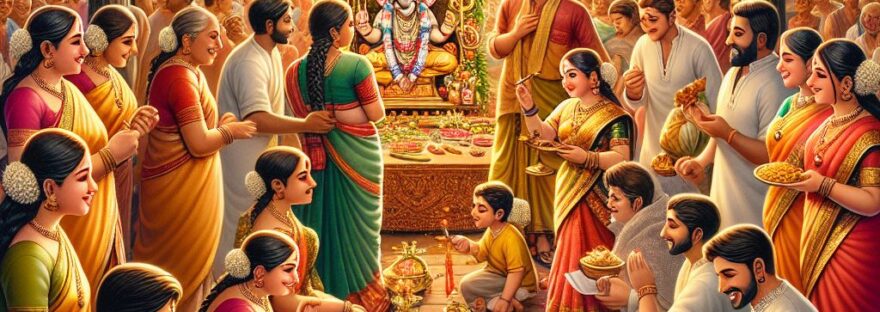The human body is one of nature’s finest creations, and no artificial intervention or replacement can supplant its original form. Similarly, breast milk is one of the purest, healthiest, safest, and most economical foods for newborn babies. It directly impacts the mental, physical, and emotional well-being of new mothers. Breast milk is a priceless gift that you can offer your baby, unmatched by even the finest artificial formulations due to the absence of growth factors and immunoglobulins present in breast milk. Feel glad if you can breastfeed your baby; there is so much science and art behind breastfeeding that you will cherish during your motherhood.
The significance of breast milk and its health benefits to both the baby and the mother have been detailed extensively in medical books, human physiology, nutrition, and more recently through social media. The success of breastfeeding is purely dependent on the health status of the mother, closely associated with her dietary habits, socio-economic status, geopolitical environment, and pre-existing medical conditions. Hence, it’s important that women take care of their health and nutritional status even before they shoulder the responsibilities of family and motherhood.
During pregnancy, a woman is looked after with a lot of care and love, often expressed through feeding her according to her cravings, likes, and dislikes. However, it is crucial to maintain a balance and avoid extreme food behaviors like overindulgence or starvation, which can affect the growth of the fetus. Understanding the importance of balanced nutrition during pregnancy, eating at regular intervals, along with light exercise and prenatal yoga, provides extended benefits post-pregnancy.
In recent times, I have observed that mothers, grandmothers, and extended families are increasingly concerned about the nutrition and health of mothers and newborns within hours of delivery. While this is a positive sign of caution and care, going overboard can create psychological distress. It’s also important to recognize that some women suffer from postpartum depression, which can impact breastfeeding.
Steps to Ensure Quality Breastfeeding:
- Preparation: Many maternity hospitals offer sessions to prepare women for nursing during the last month of pregnancy. These sessions provide valuable information on holding the baby, breastfeeding methods, dos and don’ts, and breast hygiene, easing the initial challenges of nursing.
- Consultation: Talk to nursing or lactation specialists for personalized advice.
- Initiation: Start breastfeeding soon after birth. Encourage skin-to-skin contact and offer your breast as often as your baby wants to feed in the early days. This helps stimulate milk production. The first milk, colostrum, provides significant immunity, so start feeding without hesitation.
Health and Nutritional Significance of Breast Milk:
- Colostrum: The first milk your baby receives, rich in white blood cells and antibodies, especially immunoglobulin A (IgA), which coats the baby’s intestines to prevent infections and allergies.
- Mature Milk: Contains essential nutrients like proteins, carbohydrates, fats, vitamins, and minerals that are easily absorbed by the infant, unlike formula feeds.
Benefits for the Baby:
- Strong immunity
- Prevention of acute infections and chronic disorders
- Mental sharpness and timely milestones
- Economical and safe
Duration of Breastfeeding:
- Minimum of 6 months, ideally up to 12-13 months.
- Gradually wean from the 9th month, introducing whole milk and solid foods by 15 months.
Alternative Feeding Methods:
- Seek expert help if breastfeeding is challenging.
- Avoid feeding foreign foods like honey, sugar water, or cow milk.
- Consider wet nurses or breast milk banks if necessary.
Benefits for the Mother:
- Helps uterus contraction and reduces postpartum bleeding.
- Lowers the risk of breast and ovarian cancers.
- Builds a strong emotional bond with the baby.
- Aids in losing postpartum weight and toning the body.
- Acts as a natural contraceptive to some extent.
Dos and Don’ts During Lactation:
- Follow researched and traditional guidelines to ensure a healthy breastfeeding experience.
Let your bosom nurture your little one to blossom into a happy and healthy child!



